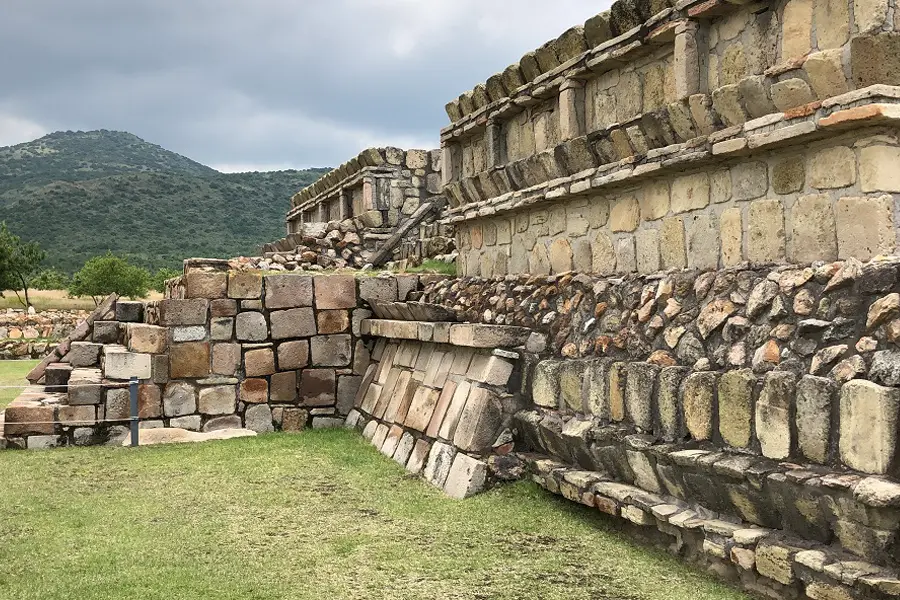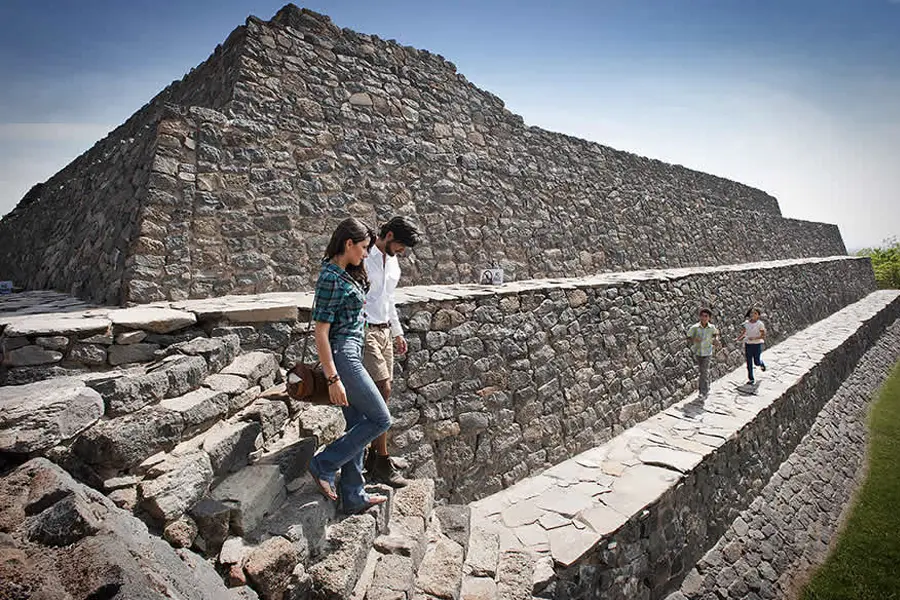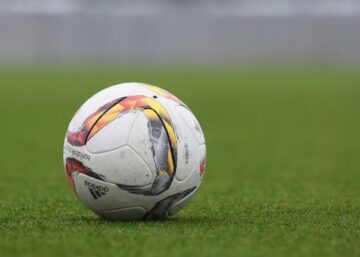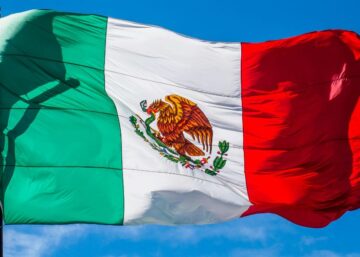Guanajuato archeological richness shows its splendor and European accent with the flourishing of the societies of the new Spain. Guanajuato was an important destination prior to the conquest. Where the pre Hispanic vestiges show the cultures that inhabited these lands between 300 and 900 AD. Visit each of these enigmatic zones, which will surprise you with their incredible history.

El Cóporo in Ocampo
El Cóporo name derives from a word of Tarascan origin that means ‘on the big road’. This town has vestiges of an ancient Mesoamerican city. And a series of villages at the western slopes of the Santa Barbara Mountain Range. It is distinguished by its architecture developed 1,500 years ago, composed of rooms for the common people and a civic ceremonial center, it is associated to the Tunal Grande Tradition (200 – 900 A.D.).

Arroyo Seco in Victoria
This zone is in the northeast of the state. This region integrates a plain and two small natural elevations of relevant landscape value. Where the pictorial groups representates the activities of the ancient inhabitants. These paintings give the place it’s patrimonial value. And distinguish it as one of the most important rock art concentrations in the country. It’s the second zone that accepts tourists in the country and the only one in the center of the republic.

Plazuelas archeological site in Pénjamo Guanajuato
It is located to the south west of the Guanajuato mountain range. Here are the vestiges of one of the most complex cities of this region. Plazuelas stands out for its integration into the landscape, since it doesn’t break k the order of its surroundings. The occupation of this site took place between 600 and 900 A.D.. A period in which the territory of the current state of Guanajuato reached its highest population density. In this place, we can find a series of carved stones, which represent different themes of the vision that the inhabitants had.

Peralta archeological site in Abasolo Guanajuato
Also to the south west of Guanajuato, this place stands out for its monumental architecture. That constitutes one of the greatest constructive expressions of the population that lived in El Bajío. These human groups practiced seasonal agriculture on terraces on the slopes of the hills. And, most probably, took advantage of the Lerma River floods to plant in some parts of the plain.

Cañada de la Virgen archeological site in San Miguel de Allende Guanajuato
Located in the high central zone of the state, it is a pre Hispanic town on the northern border of Mesoamerica. Whose main monuments were used to make studies of the sky. Its urban layout reflects the cosmic cycles which links the life of groups of farmers who also organized meetings and hunting in the surrounding semi desert regions. And exchanged objects used in ritual activities with other Mesoamerican regions. A feature that makes it a unique city among the Mesoamerican ceremonial centers of the country.
All these ancestral places are waiting for you in Guanajuato. Come and live our historical legacy that gives us identity as a homeland!



